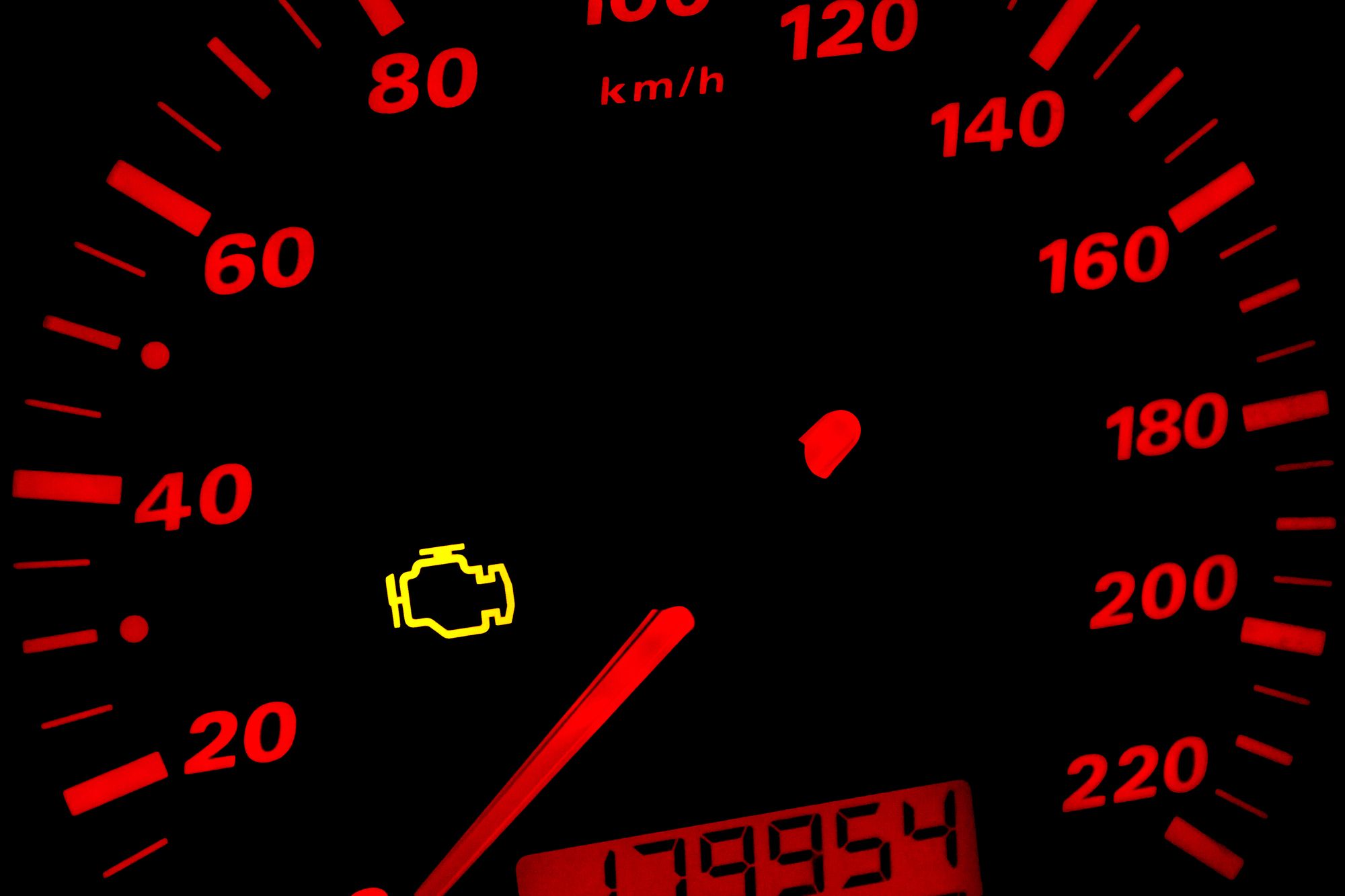If you are like most other drivers, you do one of two things when you see an unusual light on your dashboard: panic or ignore it. Neither of these reactions are particularly helpful, especially if you do not know what the light means, or what you should do. The “check engine” light could be the worst of them all, because it is wildly ambiguous. Am I due for a check up? Is my car about to explode? Should I be worried? Do I need to cancel my brunch plans? Luckily, our team at Wrench can help you figure out why this light might have come on and what your best course of action should be.
Get a free quote
- Do not ignore the light. While you might be able to justify this behavior when it comes to different lights, this is not the one to ignore. The “check engine” light came on for a reason, and even if that reason is not something that requires immediate attention, it is hard to know this. Scheduling an appointment with a Wrench mobile mechanic as soon as possible is the best thing you can do for your car, because they will be able to tell you exactly what is wrong. Failing to get your vehicle checked out by a professional could result in more expensive repairs when you eventually get it looked at.
- Know the status of the light. When the “check engine” light turns on, it should either blink or stay constantly illuminated. If the light is blinking, this means that your car requires immediate attention. (You will probably have to cancel your brunch plans if this happens.) This might be also be depicted by a red engine light in some vehicles instead of a yellow blinking light. Regardless of the color or the light's behavior, you should get your vehicle checked out by a mobile mechanic, but the blinking light means that you could be putting yourself in danger by continuing to drive.
- Listen to your car. The engine light comes on for a reason, and sometimes you can figure out why. If you are hearing an unusual noise or feel like your vehicle is not driving how you are used to, it is a pretty good sign that something isn’t right. If there are other lights on as well, this can also indicate that there is something going on.
- Check your gas cap. If your gas cap is loose, this can cause the car’s computer to detect an error, and lead to the engine light coming on. Tightening the cap may solve the problem, but it could take a little while for the “check engine” light to turn off. Other common malfunctions that can cause the light to come on are your oxygen sensor needing to be replaced, your catalytic converter is getting old, or you need a new mass air flow sensor. A mobile mechanic can perform a diagnosis to determine what is wrong and correctly fix the problem.
- Get a code scanner. You can purchase a code sensor for as low as $20, which you can hook up to your car and it will tell you the reason the light came on. This will help you determine what might need to be replaced or if there was just a malfunction. Most likely you will still need to get your car checked out, but it can be useful for easing your nerves.
The best thing you can do when the “check engine” light comes on is to take action, regardless of the color of the light or what your code scanner is telling you. Taking the appropriate measures when this happens will save you money down the road (pun intended). Schedule an appointment with a Wrench mobile mechanic today, and they will help you get back on the road in no time.
Get a free quote


